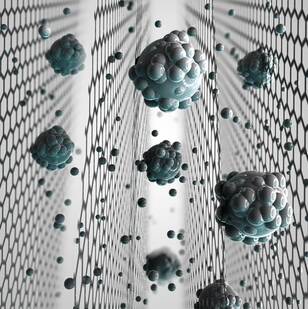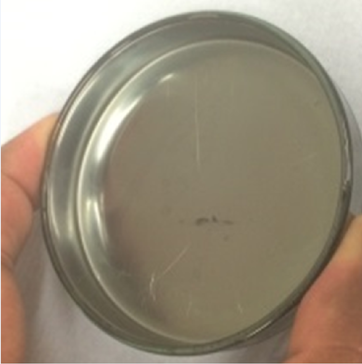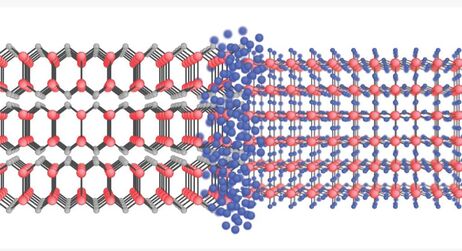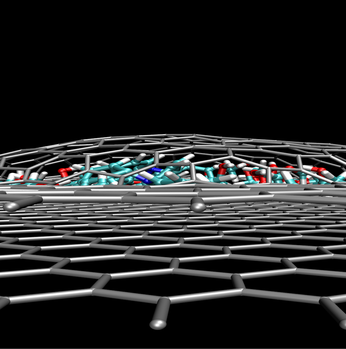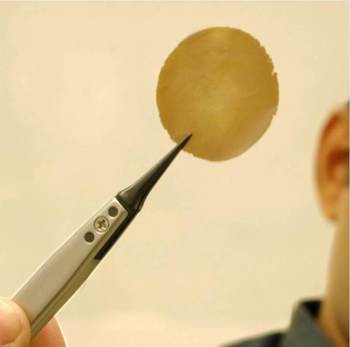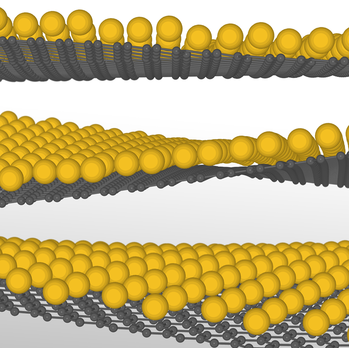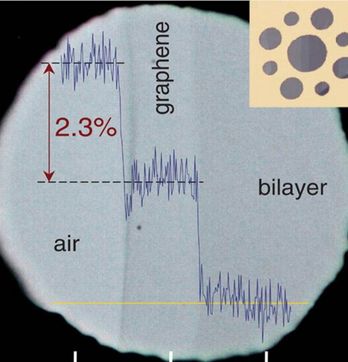Research in 2D materials and membrane group encompasses a range of multi-disciplinary and cross-disciplinary areas in Physics, Chemistry, and Chemical Engineering. The main scope of our research is the novel synthesis and construction of application-oriented devices based on two-dimensional (2D) crystals to explore new physical phenomena. We are actively engaged in the design and development of 2D materials based membranes and nanofluidic devices for probing fundamental molecular transport at the nanoscale and their potential applications in our daily life. We also explore magnetic, superconducting and other unusual physical properties of 2D materials. Our research mainly involves preparation and characterisation of membranes, engineering the pore dimensions and pore structure by chemical functionalization and developing surface modification strategies for fabricating functional membranes for diverse applications such as water purification, separation, and related technologies. Other major activities include developing high throughput techniques to realise large area membranes for applications such as gas separation, pervaporation, desalination, membrane-assisted catalytic reactions, barrier coating, organic solvent nano-filtration, membranes for healthcare technology, and (bio) pharmaceutical purification.
2D Materials Based Membranes and Nanofluidics
|
Permeation of gases and liquids through nanoscale spaces is an exciting area of research because the fundamental mechanisms that govern the transport are very different in molecular level compared to macroscale. Also, nanoscale fluid transport has implications in the day to day aspects of our life, for example, selective molecular transport of ions and liquids through cell membrane and drinking water purification techniques heavily rely on fluid behaviour at the molecular level. 2D membranes have proven to be an ideal system to study the flow of liquids through nano-confined channels owing to their well-defined angstrom scale capillaries. Our research has found that submicron‐thick membranes made from graphene oxide are completely impermeable to liquids, vapors and gases, but allow unimpeded permeation of water. We attribute these seemingly incompatible observations to a nearly frictionless flow of a monolayer of water through 2D capillaries formed by closely spaced graphene sheets. Our current research probes further into how various gases and liquids behave under confinement provided by the nano-capillaries in 2D materials based membranes.
Our current research also aims to capitalise the knowledge gained from the fundamental molecular transport at nanoscale to design novel membranes for energy efficient filtration and separation technology (e.g., water desalination, organic solvent nanofiltration, etc.) |
Graphene Based Coatings
|
We focus on developing 2D material based coatings for a wide range of applications. Our research has demonstrated the viability for the complete closure of the superpermeable nanocapillaries in graphene oxide membranes by using simple chemical treatments, which makes these films mechanically stronger as well as completely impermeable to everything: gases, liquids or hazardous chemicals. These unique barrier properties of the 2D materials are being explored for various applications including 2D materials based coating in food packaging and anti-corrosion coatings.
|
Material Functionalization
|
We are interested in controllable functionalization of 2D materials and our studies in this direction have resulted in several novel 2D materials. We have shown that the exposure of graphene to atomic fluorine results in a stoichiometric derivative that is an excellent insulator with high thermal and chemical stability. Hydrogenation of graphene has been shown to generate hydrogenated semi-metallic graphene sheets. Recently we were able to synthesise 2D Indium Fluoride nanosheets by chemical conversion of InSe through fluorination. We are constantly looking for developing novel materials with exciting properties.
|
Novel 2D heterostructures
|
Van der Waals assembly of two-dimensional crystals opens the prospect of performing chemistry at 2D interfaces. Our latest research demonstrates that molecules trapped at the interfaces between 2D layers experience large pressure in the order of GPa and this pressure can significantly enhance the rate of chemical reactions at room temperature. We are further exploring this unique opportunity to study nanoscale chemistry at 2D interfaces.
|
Membranes for Health Care Technology
|
Membranes with selective/tuneable permeation properties have massive demand in healthcare technology. We are actively involved in developing 2D materials based membranes for topical applications to accelerate wound healing by promoting antimicrobial resistance of the dressing. We have also targeted to amend the conventional bone implants for advanced trauma care. This program is a part of an EPSRC program grant 2D-health lead by Prof Kostas Kostarelos.
|
Superconductivity
|
Superconductivity is a phenomenon of zero electrical resistance and complete expulsion of magnetic field. In high-temperature superconductors (HTS), superconductivity arises from the alternating layers of conducting and insulating layers of atoms, which form the HTS crystal. With the availability of different 2D crystals, we are interested in exploring the possibility of designing novel layered superconductors.
|
Graphene Optics
|
We showed that the opacity of suspended graphene is defined solely by the fine structure constant, a = e 2 /ℏc ≈ 1/137 (where c is the speed of light), the parameter that describes coupling between light and relativistic electrons and that is traditionally associated with quantum electrodynamics rather than materials science. Despite being only one atom thick, graphene is found to absorb a significant (2.3%) fraction of incident white light, a consequence of graphene’s unique electronic structure. The origin of the optical properties being defined by the fundamental constants lies in the two-dimensional nature and gapless electronic spectrum of graphene.
|

